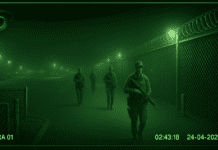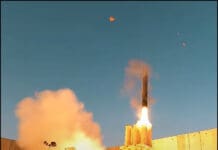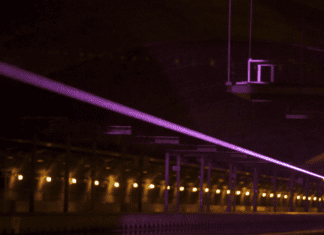This post is also available in:
 עברית (Hebrew)
עברית (Hebrew)
New class of flying robots called the FlyCroTugs takes inspiration from the physical structure and capabilities of wasps.
Wasps have the ability to carry loads heavier than their own weight. Small drones, or “micro air vehicles,” are only able to lift the equivalent of their own weight. If we want flying robots that can move massive objects without requiring them to be the size of pterodactyls, engineers will need to come up with new ways of lifting stuff. For this purpose, drone designers are looking to wasps for help, and developing creative ways to use the environment itself as a secret weapon in robotics.
Wasps drag their prey using a structure on its feet called an arolium, a pad that helps them get a grip on a surface. Combined with claws on the feet, the arolium allows wasps to maneuver objects that they can’t outright fly away with.
Engineers want drones to do the same, and FlyCroTugs drones were designed to do just that.
On the surface, they look like regular quadrotors that would fit in your palm. But the secret is hidden away on their bellies. While sitting on the ground, one version of the machine uses hooks to snag bumps and pits to anchor itself to the surface like a wasp’s claws do, while another version uses a pad to stick to a smooth surface. The machines can then use a tiny winch to lift and drag things up to 40 times their own weight.
The technology, which is inspired not by wasp feet but gecko feet, isn’t particularly new. However, the resulting forces can also give the FlyCroTug a gecko-like grip and give it the ability to lift like an insect.
That trick relies on what’s called van der Waals forces. A material on the bottom of the drone is packed with tiny silicone ridges. When it makes contact with a smooth surface, and you tug on it, the ridges align to the surface in a uniform direction.
If you wanted to lift something bigger, you could employ several of these tiny robots.
Making use of the ground or another feature of the environment can help supercharge new robots. FlyCroTugs are fundamentally different than most bots. They leverage the environment itself to increase their power. A surface isn’t just something to navigate, it’s something to use as a tool for some serious winching.
Two robots can also work together to manage a complex manipulation such as opening a door, as reported in wired.com.


























